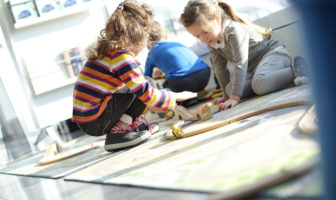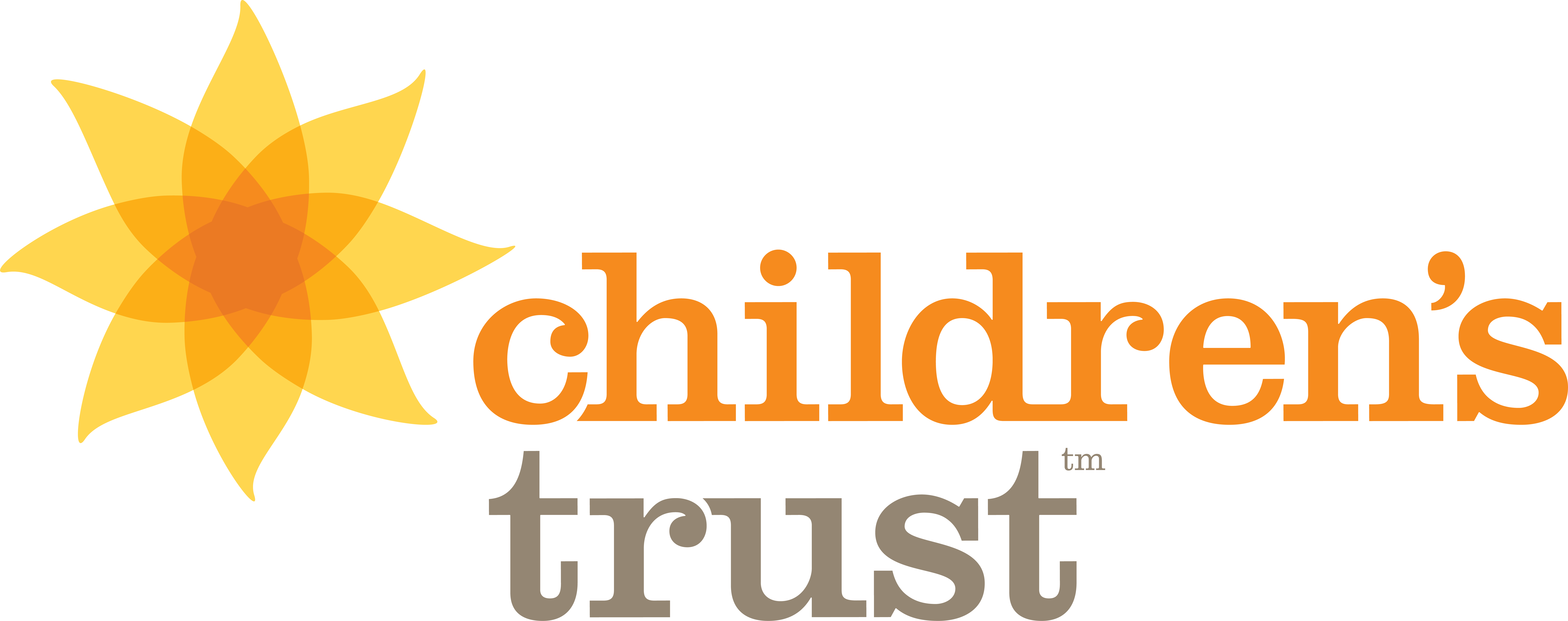Anxiety in children is normal and part of your child’s healthy development.
According to the Centers for Disease Control (CDC), almost 6 million children between the age of 3 and 17 were diagnosed with depression in 2019.
The rise in states legalizing marijuana poses a health risk to children if they accidentally ingest it or inhale the fumes.
Respiratory Syncytial Virus Infection, commonly known as RSV, is a virus that causes similar symptoms as the average cold, including a runny nose, cough, and fever.
These days, sugar is everywhere and almost in everything. Consider these following tips when managing your child’s sugar consumption.









